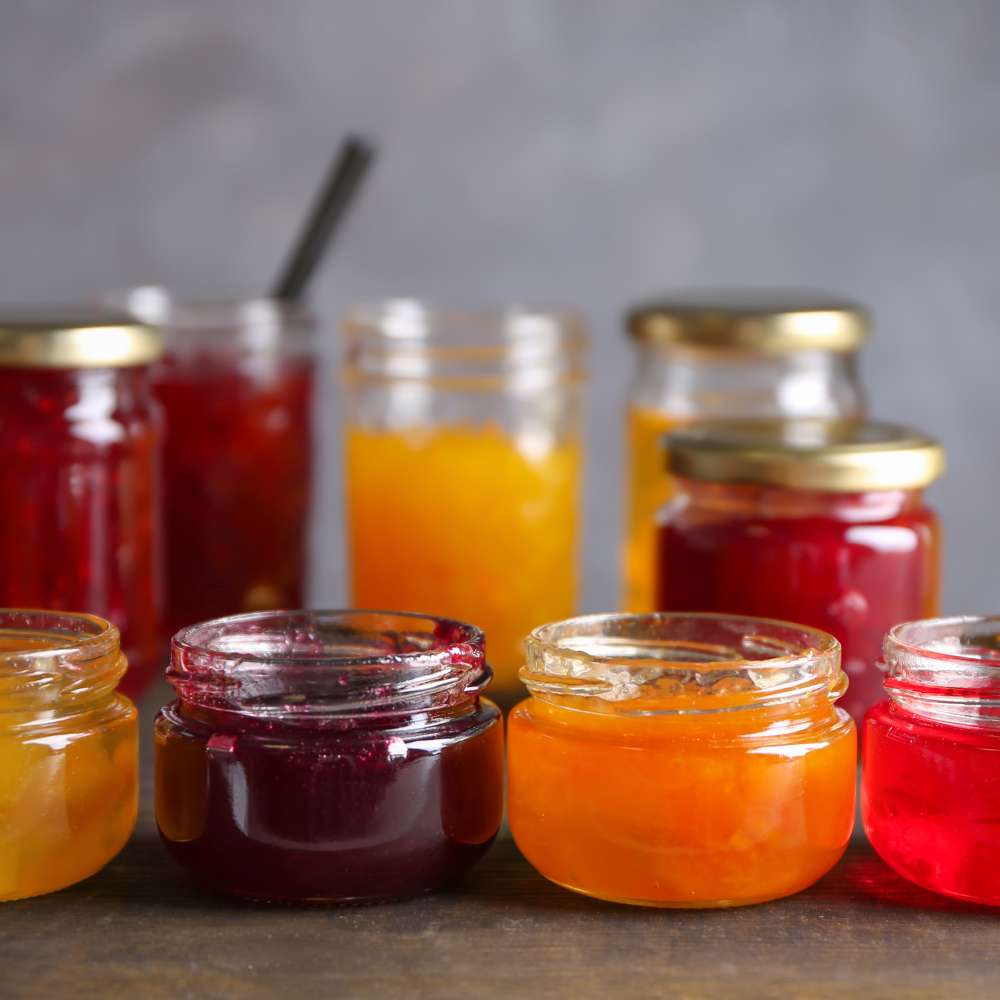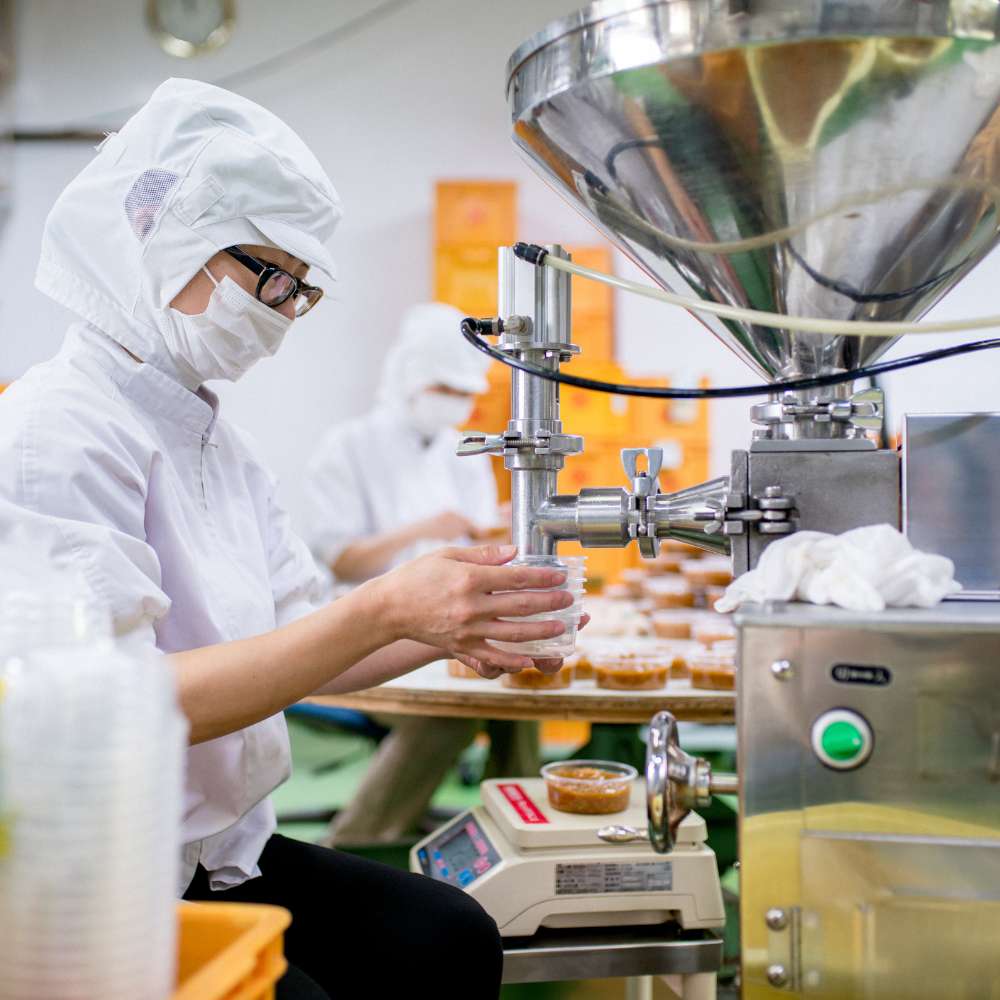Have you ever wondered how the food we bring from the grocery store, be it packaged or fresh, turns up there like we see it? What goes behind the scenes? This happens through the food manufacturing process, which is important for turning raw ingredients into the food we eat every day. It includes everything from gathering raw materials to packaging the finished products. Each step of this process follows strict standards, uses advanced technology, and focuses on quality control. In this blog, we will learn more about this process, its advantages, and the challenges it faces.
What is the Food Manufacturing Process?
The food manufacturing process is the series of steps that are used to turn raw agricultural products into food that we can eat. These steps include harvesting, cleaning, processing, preserving, packaging, and distributing food to consumers. This process makes sure that the food is safe to eat, keeps its nutritional value, and meets the needs of a growing population.
Today, food manufacturing has become more automated and relies heavily on technology. This helps manufacturers increase production while still maintaining high safety and quality standards.
➤ Key Stages of the Food Manufacturing Process
1. Sourcing and Selection of Raw Materials

The first step in making food is finding high-quality raw materials. This includes ingredients like grains, fruits, vegetables, meat, and dairy products. It’s important that these ingredients are fresh and free from contaminants to ensure the final product is of good quality. Suppliers often collaborate with farmers and agricultural businesses to make sure the raw materials meet specific industry standards.
2. Cleaning and Preprocessing
Before turning raw materials into food products, they need to be cleaned to remove dirt, pesticides, and bacteria. This step is essential for making sure the ingredients are safe to eat. Different cleaning methods are used depending on the type of food. For example, grains are
cleaned with air blowers, while fruits and vegetables are washed with water or special solutions.
3. Processing
Processing is a key stage in food manufacturing. It involves changing raw materials into finished products using various methods like milling, grinding, mixing, fermenting, and cooking. This stage may also include adding preservatives and flavor enhancers to improve taste and shelf life. Different foods require different processing techniques; for instance, dairy products are pasteurized to kill harmful bacteria, while meat products may be cured or smoked for flavor and preservation.
4. Preservation
Food preservation is important for extending the shelf life of products and preventing spoilage. Common methods include freezing, drying, canning, and vacuum sealing. The choice of preservation method depends on the type of food and how long it needs to be stored. New technologies, like high-pressure processing (HPP) and Modified Atmosphere Packaging (MAP), help keep food fresh without using artificial preservatives.
5. Quality Control and Testing
To ensure food safety and compliance with regulations, manufacturers follow strict quality control measures. This includes testing raw materials and finished products for contaminants, checking labels, and verifying nutritional content. Quality control is performed at various stages, including when raw materials are received, during processing, and before packaging.
6. Packaging and Labeling
Packaging serves two main purposes: it protects food from contamination and damage, and it provides important information to consumers, such as ingredients, nutritional values, and expiration dates. Depending on the product, manufacturers may use materials like plastic, glass, metal, or paper. There is a growing trend toward using biodegradable and eco-friendly packaging to reduce environmental impact.
7. Distribution
The final step in food manufacturing is distributing the finished products to stores or directly to consumers. Efficient distribution is crucial to ensure that food products arrive fresh and undamaged. This often involves using various transportation methods, including refrigerated trucks, to keep perishable items in good condition.
★ Benefits of the Food Manufacturing Process

1. Increased Food Safety
The food manufacturing process includes many safety checks and quality control steps to make sure that food products are safe to eat. These measures help prevent contamination from harmful bacteria, viruses, and other pathogens.
2. Enhanced Shelf Life
By using different preservation methods, food manufacturing helps extend the time it takes food products to stay fresh. This reduces food waste and ensures that consumers can enjoy fresh products for a longer time.
3. Scalability and Efficiency
Thanks to automation and technology, the food manufacturing process can produce large amounts of food quickly and efficiently. This helps meet the needs of a growing global population and allows manufacturers to manage costs better, making food more affordable for consumers.
4. Nutrient Retention
Modern food manufacturing techniques focus on keeping as many nutrients as possible during processing. Advances in methods like freezing and drying help maintain the nutritional value of food without losing flavor or texture.
5. Customization and Variety
The food manufacturing process allows for customization, giving consumers a wide range of choices based on their dietary needs, health concerns, and taste preferences. Whether someone is looking for gluten-free, sugar-free, or organic options, manufacturers can provide products that cater to different tastes and requirements.
✅ Challenges in the Food Manufacturing Process

1. Regulatory Compliance
The food manufacturing process must follow strict rules set by government agencies like the Food and Drug Administration (FDA) and the U.S. Department of Agriculture (USDA). Meeting these regulations can be expensive and take a lot of time for manufacturers.
2. Environmental Impact
The food industry has a big impact on the environment, from the energy it uses to the waste created by packaging. Reducing this impact is a significant challenge for food manufacturers. Many are working to adopt more sustainable practices, such as using less water, minimizing food waste, and choosing eco-friendly packaging materials.
3. Supply Chain Disruptions
Food supply chains are global, which makes them vulnerable to disruptions from natural disasters, pandemics, or political issues. These disruptions can affect the availability of raw materials, raise costs, and delay production.
4. Foodborne Illnesses
Even with strict quality control measures in place, foodborne illnesses are still a concern. Contamination can happen at any stage of the food manufacturing process, leading to outbreaks, product recalls, and damage to the manufacturer’s reputation.
5. Technological Investment
Keeping up with new technology in food manufacturing requires a significant investment. Upgrading machinery, automation, and data management systems is essential for improving efficiency, but these upgrades can be costly upfront.
Conclusion
The food manufacturing process is a complex system that includes several steps, starting from sourcing raw materials to distributing the final products. While this process ensures that food is safe, high-quality, and produced efficiently, it also faces challenges like sustainability, the need for technological upgrades, and compliance with regulations. This process is important in feeding people around the world, hence, it will continue to influence the food industry in the future.







